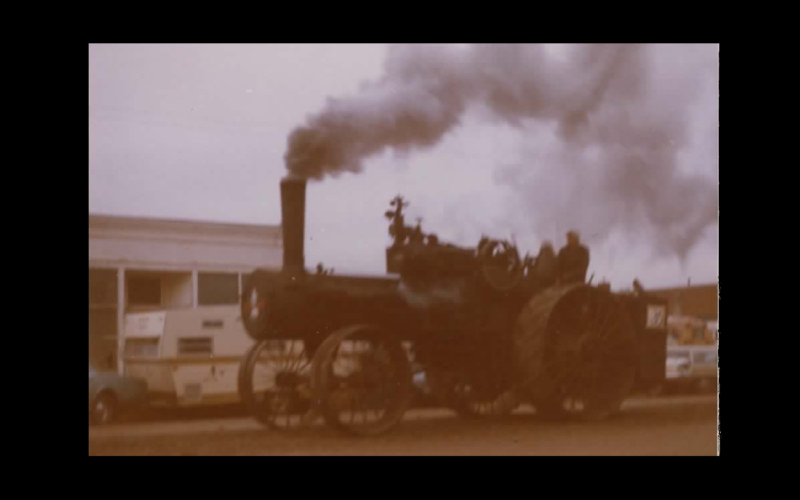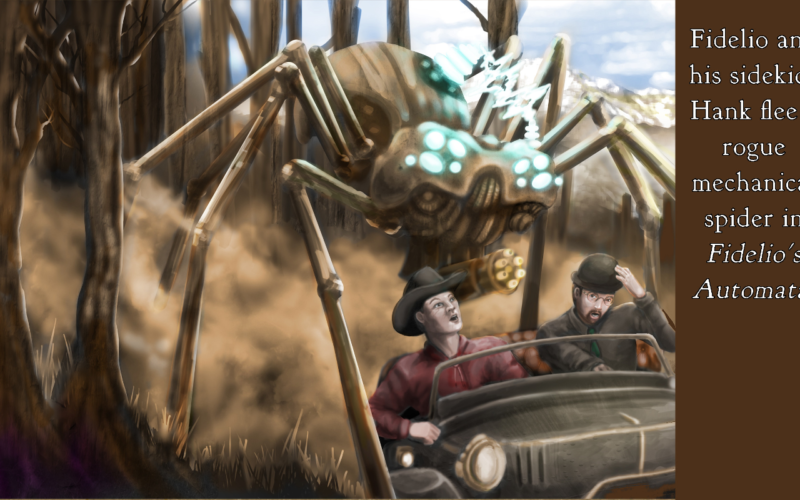
USS Macon, a flying aircraft carrier. Airplanes could be launched from below.
The airship is one of the signature technologies of steampunk fiction. They did exist in the latter days of the Victorian Era or Gilded Age, (late 1890’s) but they were a novelty, and therefore “futuristic.” In those days, the only humans who had experienced flight were a handful of daring balloonists. Travel by air must have seemed as marvelous to the people of the time as space travel seems to us. Airships travel features prominently in my novel “Fidelio’s Automata,” though even in the book’s alternate timeline, it is still the province of the well-to-do. In real life, commercial airship travel didn’t become common until 1910.
An airship or dirigible is any lighter-than-air craft which can move under its own power, typically supported by a gasbag. The Zeppelin is a type of airship whose a gasbag has a rigid frame. The name comes from the German Count Ferdinand von Zeppelin, a pioneer in airship development. The blimps we’re familiar with today lack the rigid frame. A blimp’s gas bag keeps its shape due to internal pressure. These craft are less expensive to build and easier to store than a Zeppelin, though they are limited to a smaller size.
Early airships used hydrogen as a lift gas; it’s plentiful and easily extracted from water. Its primary drawback is flammability. Due to the Hindenburg disaster of 1937, so there’s a public perception that hydrogen is extremely dangerous. In truth, it’s no more flammable than gasoline; the problem with airships was the quantity. Of the 97 people on the Hindenburg’s final flight, two-thirds survived, mostly by jumping from the gondola as it neared the ground. Some people cite the craft’s flammable aluminum paint as a cause of the fire, though once ignited, the hydrogen would have burned regardless. Interestingly, the Hindenburg had a smoking lounge, which was governed by strict rules, with stewards having sole control of the lighter.
Helium is far safer as a lift gas, but since a molecule of helium weighs twice that of hydrogen, it has far less lift. It is also much rarer. Being completely nonreactive, helium exists only in gaseous form. Much of Earth’s original supply has leaked into space over the planet’s billions of years of existence. Luckily for us, it is partially replenished by the decay of radioactive minerals.
To me, it’s a shame that airships have been completely supplanted by airplanes. They are considerably slower and fly lower, but there’s also less noise and fuel consumption. An airship ride would be akin to an ocean cruise or a journey by train; the passengers could enjoy the scenery, with less risk and far less noise than a helicopter. A California company called Airship Ventures offered sightseeing rides from 2008 until company’s demise in 2012.
One of the few institutions recently investigating airships was the US military, which ran a program from 2007 through 2012. As with any government project, it was probably conceived more for political than economic reasons, and was canceled due to budget tightening and perennial cost overruns. Still, I found the idea intriguing enough to feature it in my novella “Diana’s Fury,” a near-future military science fiction story which I hope to publish in early 2018.
References: wikipedia.org, airships.net, defenseindustrydaily.com, fchea.org. Image from noaanews.noaa.gov
Please leave a comment and let us know what you think of this article. Would you like to see more about steam-era technology?




































Great Zeppelin! Watch for updated content, articles, pictures and yes, CONTESTS!
An airship ride is so much more romantic. Imagine an airship ride over something like the Grand Canyon, it’d be incredible!
Wonderful writing !